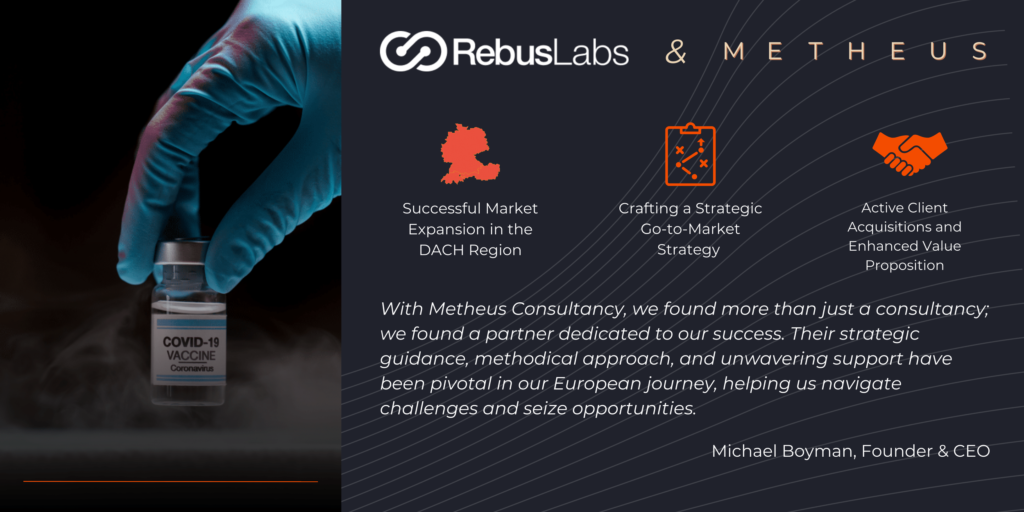With inflation close to or around 10% in most of the Western world, the direction of money flow is moving; middle and lower classes are struggling with their living and basic need costs leading to the cost of living crisis, the middle class is shrinking, while luxury demand remains strong. Overall, it’s a difficult business environment to navigate and the situation is only worsening as GDP growth is slowing with ongoing or predicted recessions.
This can make you nervous about undertaking any market expansion efforts now—but it would also give you a strong competitive advantage if you analyse the market market dynamics, customer needs, and then execute well.
The Problem with Inflation
Companies across the board have seen an increase in raw materials, manufacturing, labor, shipping, and energy costs. This has led to higher prices for their services and products. In addition to that, many companies are losing clients because they cannot afford the extra service anymore or the client may do it in-house. This can be problematic for companies whose growth mostly relies on new customers. As potential clients become more stressed about their budgets and opportunity costs, it will become more difficult for them to try new products or services.
To keep inflation under control, central banks are raising interest rates. For example, the Federal Reserve System in the United States is currently expected to move the policy rate near 3% by early 2023. This means that businesses will have to pay more in interest on their loans, which could significantly impact their cash flow and ability to expand operations or hire new staff.
Another challenge of high rates is that investors are currently seeking more low-risk investments like treasury bills/bonds and reducing investment in VC funds. This means that it’s harder for companies to secure funding for growth, which could make them hesitant to expand into new markets or launch new products. Additionally, exchange rate fluctuations can also cause problems for companies who operate internationally—expansion will be more difficult when your currency fluctuates against other currencies like the euro or yen.
How to Respond
Strategically align your resources
Market Expansion is crucial for overall growth in the mid to long run. However, as margins may decrease during inflation, it is important to not cut the fuel of growth; therefore, businesses need to allocate enough resources and work on increasing their positive cash flow.
One quick solution is to align different teams together to maximize any productivity gains e.g sales and marketing teams. This means that if sales have a strong month, marketing will know about it so they can capitalize on it by promoting their products more aggressively or offering discounts etc. Building on the idea of more effective resource management, while getting high expertise on the new market, also allocate sufficient team resources for implementation and iteration of actions.
When it comes to the supply chain, it’s important to keep things flexible and agile. One way to do this is by having multiple suppliers. If one supplier goes out of business, you have another one that can take up the slack. Another advantage of having multiple supplier is to increase your bargaining power, since you have more options than just one company.
It’s also important to evaluate the portfolio of products that you sell and determine whether individual products or segments are making money for you or not. For example, analyse different segments and buyer expectations for the new market in order to not sell all the portfolio but only the most desired services or products.
Keep an astute pricing strategy
Pricing is a delicate balance between protecting margin and keeping clients happy. If you raise your prices too quickly, you risk losing current clients to competitors and making it harder to attract leads in your new market. On the other hand, if you don’t raise prices at all and keep them low in comparison to the competition, then you risk losing money on each client and depressing your margin.
Before raising prices in your new market, it’s important to analyze both your current and potential new clients’ price-sensitivity. This will help you determine how high or low a price increase would affect demand from either group, as well as how much profit margin you can afford to lose before it becomes problematic for business growth.
It’s also important to consider how much profit margin each client generates for your business by comparing their average lifetime value (LTV) against their cost per acquisition (CPA) or customer acquisition cost (CAC). The higher this ratio is for any given client group or individual client, the easier it will be for them to absorb an increase in price without causing a major drop-off in sales volume or profit margins.
If you decide to raise prices, then are still ways to remain as competitive as possible. For example, you could improve your offering by adding new features to justify the higher price and communicate this clearly with your clients and leads. If possible, analyse competitors in both your old and new markets closely to at least time any price increase carefully.
There is no one-size-fits-all solution for price increases. The best way to ensure that your customers don’t get sticker shock is to make sure that any price increases are not broad across all your products, but rather tailored to certain customer and product segments. You’ll want to be competitive on key-value items and raise on peripheral services or products. For example, a business could raise prices more on their highest value-added services.
On the other hand, if you maintain prices, you’ll earn a competitive advantage and be able to strengthen your relationship with current clients who will appreciate the fact that you aren’t raising prices on them; this can be leveraged to sign long-term contracts with your current clients. You’ll also see a boost in leads when you maintain stable prices because people will trust that they won’t have to pay more later down the line.
Implement effective business development, sales, and marketing techniques
Finally, effective business development is the last piece to lead a successful market expansion during inflation.
Focus on digital first interactions with leads as they are the most cost-effective in the long run. than traditional marketing efforts. In fact, Mckinsey research has shown that buyers actually prefer digital channels in early stages of the sales funnel; this growing trend was exacerbated by the pandemic where all interactions had to be digital or remote. For example, maybe it would be worth investing in a chatbot that could connect with customers directly instead of hiring an expensive sales team.
Great Businesses are built in difficult times
Overall, a high inflationary environment provides opportunities in your home market and also to expand to new markets. However, during the expansion, it is important to adjust your resources smartly, pick an intelligent pricing strategy and focus on direct value added implementations on your business dev, sales, and marketing such that you are competitive.
If you are thinking of expanding your business, using our unique decision intelligence methodologies, we can guide you through the process of formulating an expansion strategy that helps you achieve success in this difficult business environment. You can get your free 1 hour consultancy session with our team members who have top-tier skills in strategy, business analytics, and data management. Let’s connect!









